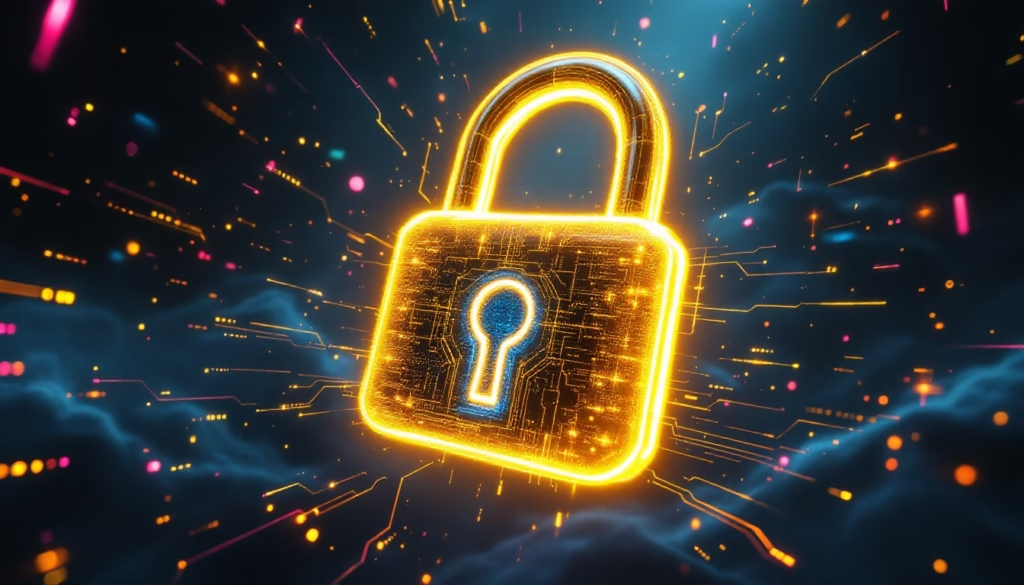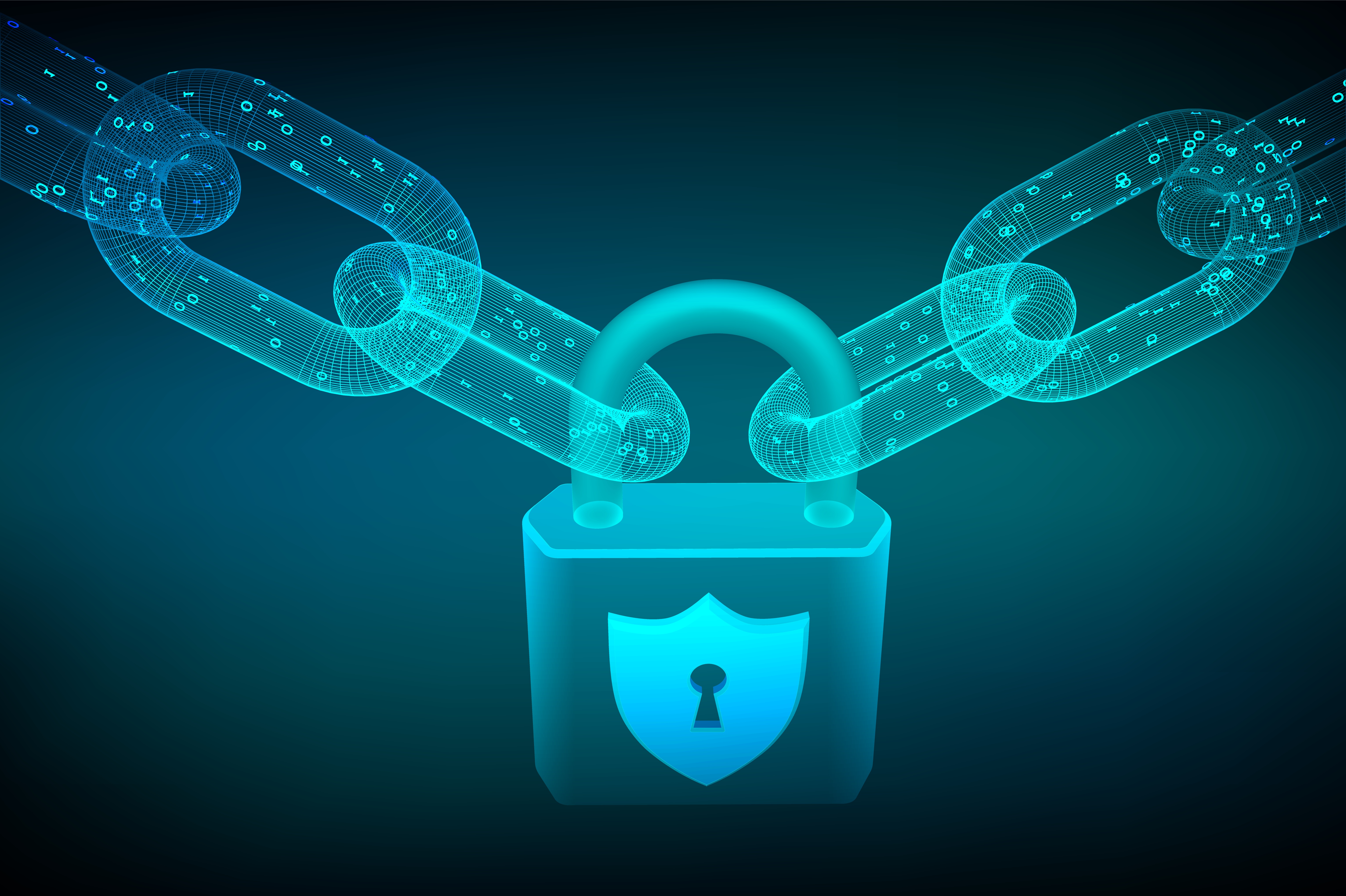Post-Quantum Cryptography
The Ultimate Guide to Quantum-Resistant Encryption

Ever feel like your digital security might be living on borrowed time? You’re not wrong. Let’s talk about why the encryption protecting your data today (think RSA and ECC) is facing its biggest threat yet: quantum computers. These aren’t sci-fi anymore, and unfortunately, they can tear through our current defenses in seconds. That’s why we need post-quantum cryptography (PQC) – the next generation of encryption built to withstand quantum attacks.
So, How Do Quantum Computers Actually Break the Old Stuff?
It all boils down to qubits. Unlike regular bits (which are just 0s or 1s), qubits can be both at the same time. This superpower lets quantum machines run incredibly fast algorithms. The real game-breaker is Shor’s algorithm – it essentially unravels the complex math problems behind RSA and ECC encryption almost instantly. Even AES-256, that gold standard for symmetric stuff? Don’t relax just yet. Grover’s algorithm could slash its effective security strength in half. Yikes!

Fighting Back: The New Generation of Quantum-Resistant Tools
The race is on to find unbreakable (or much harder-to-crack) methods. Researchers have several promising avenues:
- Lattice-based cryptography (e.g., Kyber, Dilithium): Think complex geometric puzzles that are a nightmare for quantum computers. Think multidimensional grids you’re lost in.
- Hash-based signatures (e.g., SPHINCS+): Relies on the strong collision-resistance of hash functions, using unique, one-time signatures.
- Code-based cryptography (Classic McEliece): Been around since the 70s! Uses error-correcting codes – surprisingly resilient against quantum attacks even after all this time. Solid choice.
NIST is in the thick of standardizing the best candidates right now. We’re already seeing real-world testing from major players.
Okay, Sounds Good, But Switching Isn’t a Walk in the Park
Let’s be honest, adopting PQC comes with headaches:
- Massive Key Sizes: Some new keys are 10 times bigger than their RSA counterparts. That’s a serious bandwidth and storage munch.
- Performance Hiccups: Yeah, quantum-resistant math can be computationally heavier. You might notice a slight speed drag.
- Legacy Headaches: Older systems and some communication protocols? They’ll definitely grumble about supporting the shiny new PQC algorithms.

Don’t get discouraged, though. Titans like Google, Cloudflare, and IBM are already rolling up their sleeves and trying it out in hybrid modes. They know future-proofing starts now.
Why You (and Everyone Else) Should Care Now
This isn’t some distant worry. Governments and massive corporations see the writing on the wall – quantum tech is barreling ahead. The NSA? They’ve publicly said, “We need to move everything to PQC by 2030.” Others are hastily following that plan.
The smart approach seems to be hybrid encryption – mixing the old guard (RSA/ECC) with the new PQC kids on the block. This buys us time for a smoother, more manageable transition without any security cliffs.
Final Takeaway
Post-quantum cryptography isn’t just buzzwords. It’s the essential upgrade our digital security desperately needs as quantum computers evolve. Staying ahead isn’t optional anymore; it’s how we keep everything sensitive truly safe. The move is happening.

Want to keep tabs? Bookmark NIST’s PQC project page for the latest standard updates and see how the big tech firms are quietly (or not so quietly) building their quantum defenses.
Looking to level up your coding workflow with AI? Don’t miss our in-depth comparison of the top AI code assistants in 2025—GitHub Copilot, Tabnine, and Codeium. It’s packed with real-world examples, pricing breakdowns, and setup guides!

